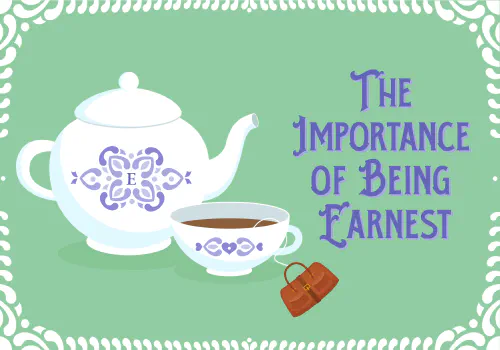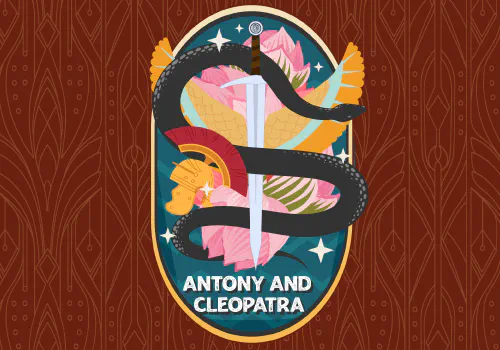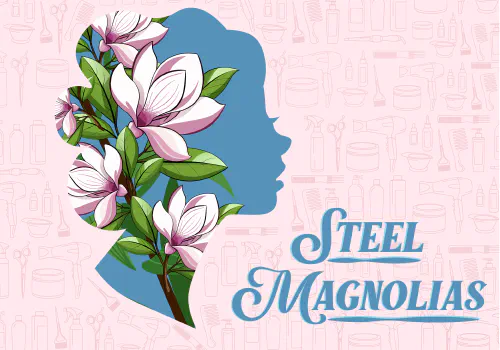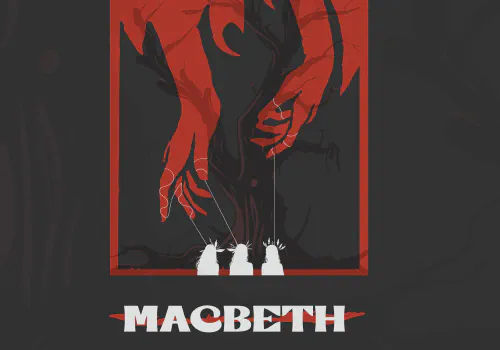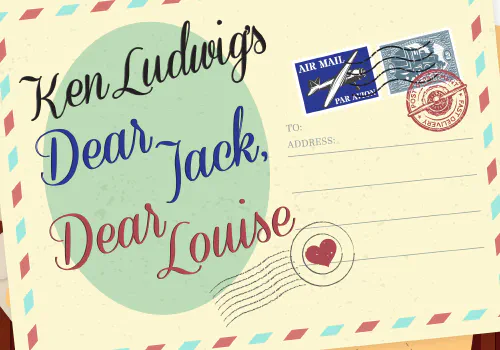OBJECTIVE
Students will understand the use of texture for the stage and be able to apply the concept in creating their own examples.
UTAH CORE STANDARDS
Theatre
Standard L3.T.CR.2: Create and implement a major design element for a main stage production.
Standard L3.T.R.7: Analyze and evaluate why artistic choices are made in a drama/ theatre work.
Visual Arts
Standard L1.V.CR.1: Use multiple approaches to begin creative endeavors.
Standard L3.V.CR.6: Reflect on, re-engage in, revise, and refine works of art or design considering relevant traditional and contemporary criteria, as well as personal artistic vision.
Life Skills
Creativity, Critical Thinking
INTENDED AUDIENCE
6th-12th grades
TIME
60 minutes
MATERIALS
- 2 pieces 12”x12” smooth sided board (masonite, luan, etc.) for each student/group. (Cardboard or paper plates may be used if learning through online methods. Keep in mind that these materials may get soggy, so use the water/glue sparingly)
- Tissue paper. 3 sheets for each person/group. Should be at least the size of the pieces of wood
- Elmer’s Glue
- Water
- Cup(s) to mix the water and glue together
- Paint brushes to apply water/glue mixture
- Paint brushes to apply paint
- A blow dryer (if desired to dry the glue faster)
- Paint
- Optional: examples of texture (fabric, props, furniture, etc.)
- Texture Lesson 1 Presentation
- Beginning Texture Video
OUTLINE
Texture is used to add emphasis, importance, or interest to a myriad of theatrical elements including walls, props, and costumes. Texture calls attention to the object and helps the audience distinguish it from other theatrical elements.
-
**WARMUP GAME - FAMILY PORTRAIT (8 minutes)**This game will help students see the importance of all aspects of a picture (created by their classmates). Some parts are prominent and others are more subtle. Texture relies on both highlights and lowlights to look believable, just as a convincing picture needs to have all aspects of the situation to tell the full story.
Divide the class into groups. Each group comes up one at a time and is given a title for a picture that revolves around a type of family. “Family of Dentists. Family of Cheerleaders. Family of Lost Librarians.” You can even get more specific. “Right after grandma’s big announcement” or “The Dentists Convention” or “Cheerleaders Lose the Championship.” Groups have ten seconds to form a portrait based on the title. Remind students to think about the characters involved in the picture and to talk to each other so that there are no repeat characters. They have to tell a story, even though they are frozen in place. A time limit forces students to work quickly. Count them down and at the end of 10 seconds yell out FREEZE! The end result should be a cohesive picture. -
LESSON (10 minutes)Texture Lesson 1 Presentation
-
VIDEO (12 minutes)Ben Hohman (Resident Props Master at USF) teaches beginning texture techniques
-
**ACTIVITY (30 minutes)**Before the activity, you may want to show students several examples of texture beyond what was shown in the presentation and video.
Students will create their own examples of textured panels using the materials listed above and demonstrated in the video:
- Each student (or pair of students) is given 2 pieces of wood, a paint brush, and 3 sheets of tissue paper.
- Spread the glue/water mixture onto the first board using the paintbrush. The glue/water should be a 50/50 mix and should be quite runny.
- Crumple up 1 sheet of tissue paper. Open it back up and lay it flat on the first piece of wood. It should have many wrinkles throughout.
- Spread more glue/water onto the top of the tissue paper. This will affix it to the board. The tissue paper should cover the entire board.
- Spread the glue/water mixture on the second board using the paintbrush.
- Take the second sheet of tissue paper, crumple it up, and place it on half of the second piece of wood. The wrinkles should be much more prominent since it is only covering half.
- With the third sheet, do the same as the second, and apply it to the other half of the second board.
- Use the paintbrush to smash down the tissue paper. Apply more glue over the top when the tissue paper is flat enough to do so.
- The glue needs to dry. A blow dryer may be utilized to speed this process.
- When the tissue paper has dried, paint the surface of the board/tissue paper with the paint. This should be done with smooth strokes so the texture effect of the tissue paper is most prominent. It is recommended that you mix water into the paint at a 2/1 ratio (2 paint/1 water) so it will spread thinly and not smother the texture from the tissue paper.
ASSESSMENT
Students will be able to show they have applied the texture techniques taught in class. They will have physical evidence they have learned the technique. Ask them where these types of textures may be found? Is there a certain genre or type of play that would be complemented by either texture?



